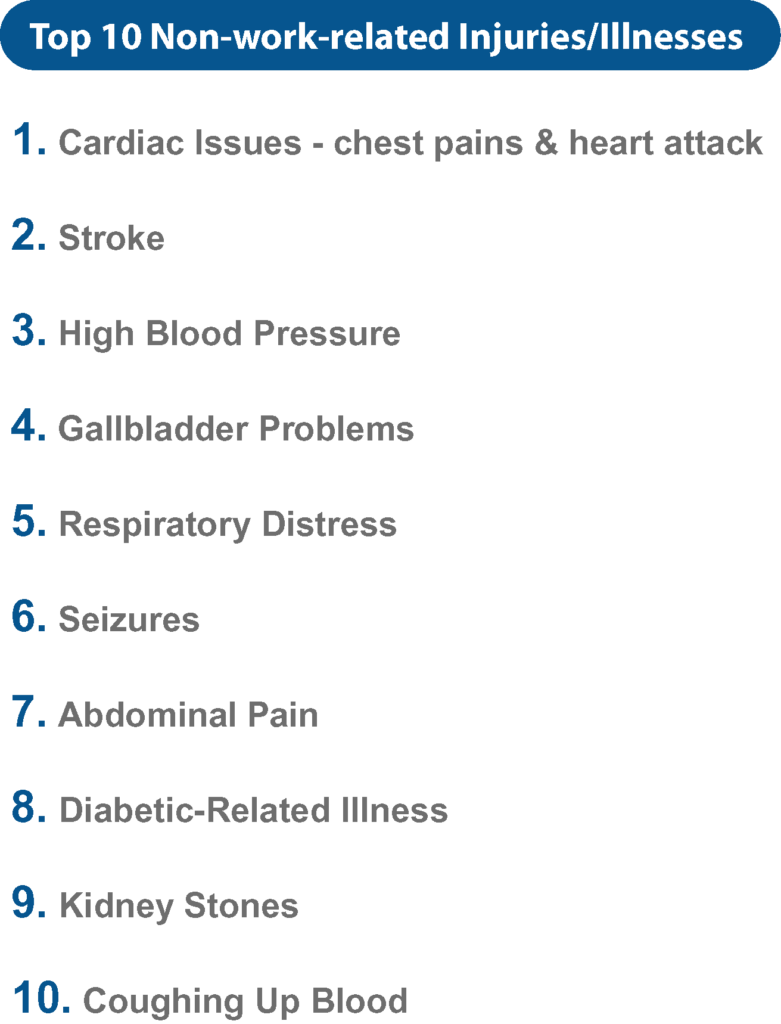In the course of business, the distinction between work-related and non-work-related illnesses or injuries often arises. While the difference is sometimes clear, it can often be more nuanced. According to OSHA, an injury or illness is deemed work-related if an event or exposure in the work environment either caused or contributed to the condition, or significantly aggravated a pre-existing injury or illness. This definition is important for OSHA 300 logs and industry standards. However, insurance companies may define work-related injuries or illnesses differently, viewing them as conditions that arise when an employee, while performing tasks for the benefit of the employer, gets injured or becomes ill due to the work.
In remote or offshore environments, it’s also crucial to consider non-work-related illnesses or injuries, which are defined as conditions that did not originate from or occur in the course and scope of the worker’s employment. These can be caused by factors outside of work or unrelated to workplace activities.
The following examples illustrate the difference. Consider a fall injury on a remote or offshore platform. If an employee is on shift, directed by a supervisor to carry boxes from one location to another, and falls, breaking their arm, this would be deemed a work-related injury because the employee was performing work duties. In contrast, if an employee has finished their shift, had dinner, and is preparing for bed, and then trips and falls while stepping out of the shower, breaking their arm, this would be a non-work-related injury. Both scenarios require medical attention and evacuation, but how workers’ compensation views the claim depends on these subtle distinctions.

In the offshore environment of the Gulf of Mexico, about 80% of all illnesses and injuries requiring evacuation are non-work-related. Workers bring their health conditions with them to the job. Unlike working on land where medical facilities and systems (like 911) are readily accessible, remote or offshore work requires careful planning (such as risk assessments), training, drills, and proper insurance coverage to mitigate all risks, including financial ones. Understanding the available resources and associated costs is critical, as an emergency medical flight offshore can range from $55,000 to $115,000, depending on factors such as location, weather, type of helicopter, and the hospital’s capability to handle the emergency.
Blu Cypress Solutions and HeloEvac have data from client meetings, applications, and flight operations, identifying the top 10 non-work-related illnesses and injuries reported, which are—


